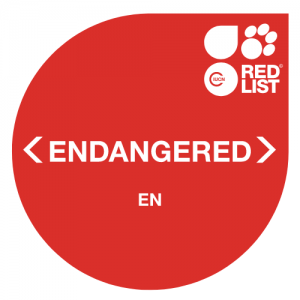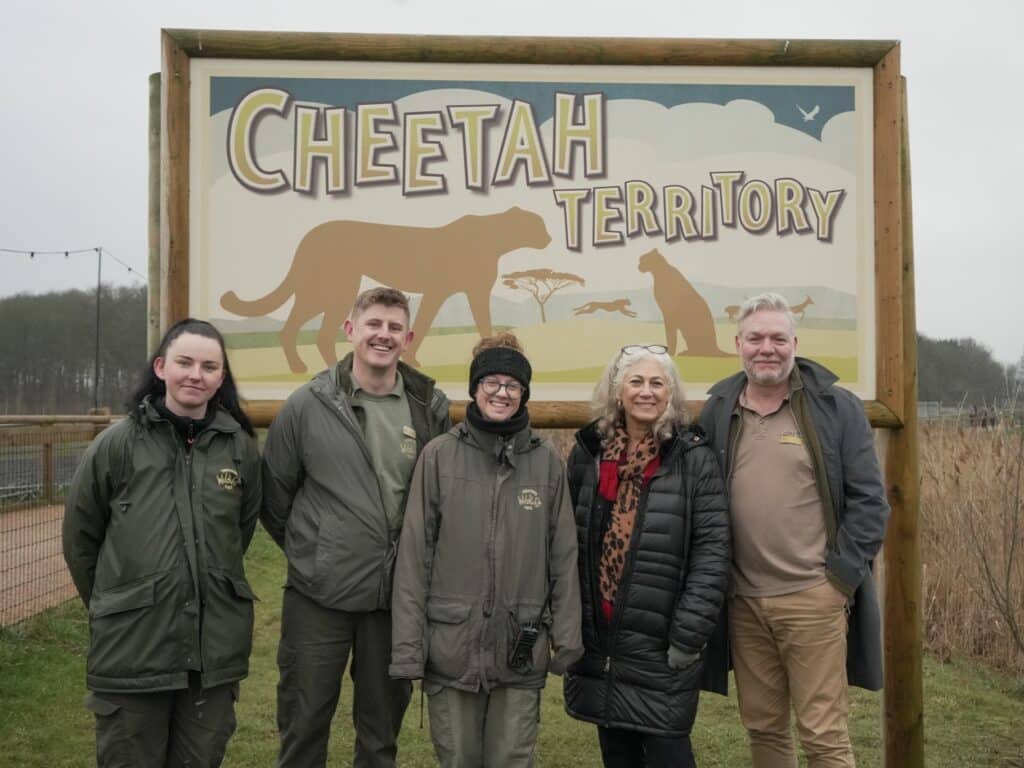Grévy’s Zebra
More habitat loss than any other African animal
Number of mature Grévy’s zebra left
2800
Population decline in the last 3 decades
54%
Full extent of their habitat loss
?
The Grévy’s zebra are recognisable by their the big round ears, white bellies and narrower stripes than the better known Plains’ zebra. They’re the biggest of all the zebra family. And they’re also feisty! Not surprising as they are closely related to the wild ass.
They once had an absolutely humongous range (according to fossils) which stretched from China all the way to Africa. This isn’t the case anymore: they’re currently only found in Kenya and Ethiopia, and their habitat is shrinking.
Things really aren’t easy for the Grévy’s zebra. They are pitted against livestock for food and water – and it’s a battle they’re losing. They must travel really far to eat and drink, which is a huge problem, especially for young zebra, who struggle with these long journeys and often don’t survive.
The odds are stacked against them and they need our help!
They once had an absolutely humongous range (according to fossils) which stretched from China all the way to Africa. This isn’t the case anymore: they’re currently only found in Kenya and Ethiopia, and their habitat is shrinking.
Things really aren’t easy for the Grévy’s zebra. They are pitted against livestock for food and water – and it’s a battle they’re losing. They must travel really far to eat and drink, which is a huge problem, especially for young zebra, who struggle with these long journeys and often don’t survive.
The odds are stacked against them and they need our help!

Threats
Habitat loss:
They used to be found all across the horn of Africa, but now they have a very restricted range. They’re losing their grassland habitat due to overgrazing, which means they have to travel to find food and water. This is creating a low population turnover, as pregnant and young zebras struggle with the journey.Hunting:
It’s sad, but not surprising, that zebras are hunted for their skins. In some areas, hunting is the primary cause of their decline. They’re also hunted for meat, and sometimes, medicinal use.Working with
Grévy’s Zebra
We work with Fauna and Flora International.
We previously provided a 3-year grant to Fauna and Flora International to be used at their Sera Wildlife Conservancy in Kenya. The grant was used to take care of the habitat of the animals that live there, which include Grévy’s zebra. As part of the project, they put in place a strategy to manage the conservancy over the next 10 years. They also looked into how they can prevent drought, which is a huge problem for Grévy’s zebra, through a water management programme.
We previously provided a 3-year grant to Fauna and Flora International to be used at their Sera Wildlife Conservancy in Kenya. The grant was used to take care of the habitat of the animals that live there, which include Grévy’s zebra. As part of the project, they put in place a strategy to manage the conservancy over the next 10 years. They also looked into how they can prevent drought, which is a huge problem for Grévy’s zebra, through a water management programme.
Facts
We’ll save you time if you were thinking of counting a Grévy’s Zebra’s stripes: they have about 80!
Grévy’s zebra are loners: they are the only zebras that do not form permanent herds.
Grévy’s Zebra foals don’t waste any time: they can stand 6 minutes after birth, walk after 20 minutes, and run after an hour.
Grévy’s zebra are loners: they are the only zebras that do not form permanent herds.
Grévy’s Zebra foals don’t waste any time: they can stand 6 minutes after birth, walk after 20 minutes, and run after an hour.
Seven Worlds, One Planet
The WildLife Foundation awarded a three-year grant to its partners, Fauna and Flora International, for use at their Sera Wildlife Conservancy in Kenya where the money was used to secure the habitat of the species that live there.









